The hum of conversation, the clinking of cups, and the gentle hiss of the espresso machine form the sonic tapestry of any great café. Yet beneath these familiar sounds lies an often-overlooked element that shapes the entire experience: background music. Far from being mere auditory wallpaper, a café’s soundtrack operates on a subconscious level, influencing customer behavior, dwell time, and even perceived flavor profiles. The art of curating the perfect café playlist is both science and intuition, a balancing act between ambiance and intentionality.
The psychology of café music is more nuanced than one might assume. Studies in environmental psychology suggest that tempo and volume directly impact pacing—slower, softer music encourages patrons to linger, while upbeat tracks subtly signal turnover during peak hours. Jazz’s improvisational nature, for instance, creates an atmosphere of relaxed sophistication, often subconsciously encouraging customers to order that second cortado. Meanwhile, the rhythmic predictability of bossa nova or lo-fi beats provides just enough structure to foster focus for laptop workers without demanding their full attention.
Genre selection speaks volumes about a café’s identity before the first sip is taken. A specialty third-wave shop might lean into vinyl crackles and obscure folk to underscore its artisanal ethos, while a metropolitan espresso bar could employ Euro house beats to mirror the urban energy outside. The resurgence of acoustic covers in suburban cafés isn’t accidental—familiar melodies rendered unfamiliar satisfy the human brain’s craving for both novelty and comfort, making them ideal for establishments prioritizing approachability over edge.
Volume calibration walks a razor’s edge—too loud and it becomes intrusive, too quiet and the space feels awkwardly sterile. Veteran café owners develop an almost synesthetic sense for matching decibel levels to crowd density; the music should swell just enough to absorb the sound of chairs scraping without drowning out conversation. This invisible audio architecture explains why playlists often shift from morning classical to afternoon indie—the former’s lack of lyrics prevents cognitive interference with breakfast meetings, while the latter’s lyrical intimacy complements solitary afternoon reading.
Regional authenticity is emerging as a powerful differentiator in café soundscapes. Istanbul’s grand çay bahçesis weave traditional saz melodies with contemporary Anatolian pop, creating a cultural anchor amidst the global homogenization of coffee culture. In Lisbon, the melancholic strains of fado drifting from neighborhood pastelarias serve as audible time capsules. This trend toward location-specific audio branding satisfies the modern traveler’s desire for genuine experience while giving local regulars subtle pride of place.
The logistics of playlist maintenance reveal surprising complexities. Licensing considerations separate amateur operations from professional establishments, with services like Soundtrack Your Brand offering café-tailored solutions that avoid the jarring ads of consumer platforms. Forward-thinking owners now collaborate with local musicians to create exclusive recordings, transforming background music into both community investment and unique selling point. Some even adjust playlists seasonally—deepening the bass in winter for warmth, lightening to acoustic spring melodies as daylight lengthens.
Coffee itself seems to taste different depending on the accompanying soundtrack. Oxford University’s crossmodal research demonstrates how high-pitched sounds enhance sweetness perception—explaining why many pastry-focused cafés favor chime-heavy folk music. Conversely, the rich umami notes of single-origin pour-overs gain prominence against low-frequency jazz basslines. This sonic seasoning effect has led avant-garde baristas to craft signature drink-and-music pairings, where a washed Ethiopian might be served with Malian blues to accentuate its floral notes.
As cafés evolve into multifunctional spaces—part office, part social club, part sanctuary—their musical choices must satisfy divergent needs. The rise of “audio zoning” sees clever establishments using speaker placement and genre selection to create distinct vibes: energetic near the ordering counter, meditative in window nooks. This spatial audio design acknowledges that today’s customer might need Bach to power through emails before switching to neo-soul for their catch-up with friends—all within the same visit.
The next time you find yourself unconsciously tapping your foot while waiting for a flat white, pause to consider the invisible hand guiding that experience. Behind every great café lies not just skilled baristas and quality beans, but a carefully constructed sonic environment working its quiet magic—one perfectly timed playlist transition at a time.

By /Aug 5, 2025
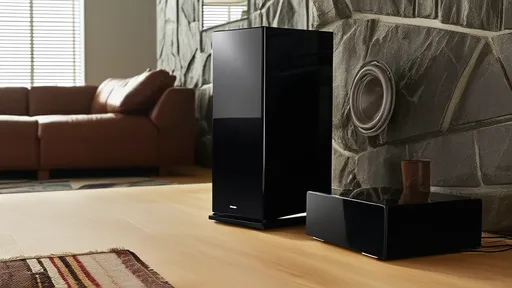
By /Aug 5, 2025
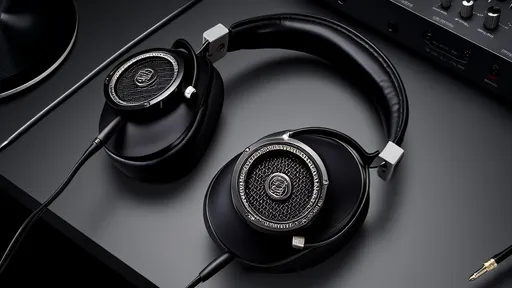
By /Aug 5, 2025
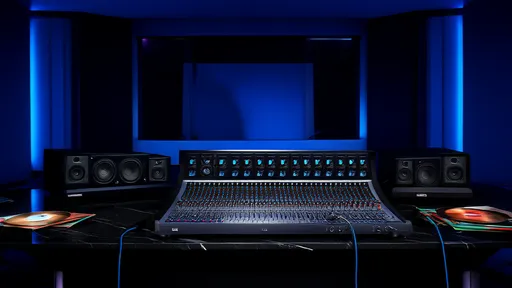
By /Aug 5, 2025

By /Aug 5, 2025
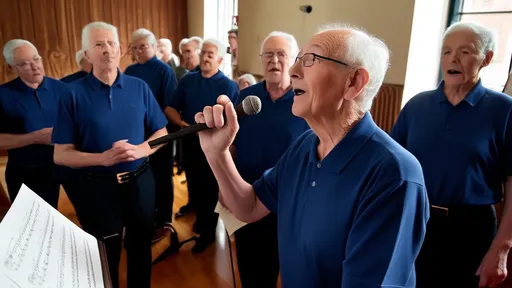
By /Aug 5, 2025

By /Aug 5, 2025
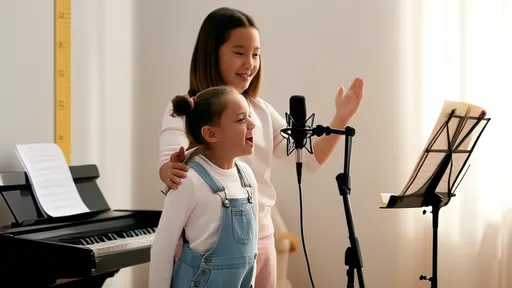
By /Aug 5, 2025

By /Aug 5, 2025

By /Aug 5, 2025
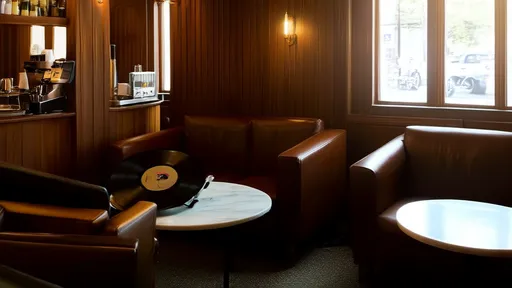
By /Aug 5, 2025

By /Aug 5, 2025

By /Aug 5, 2025

By /Aug 5, 2025

By /Aug 5, 2025
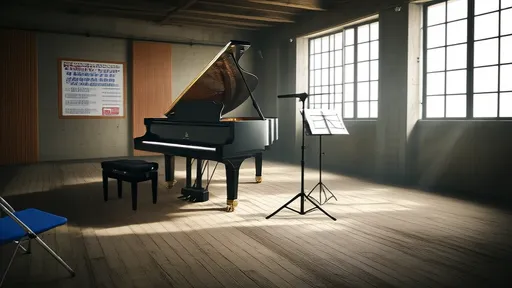
By /Aug 5, 2025
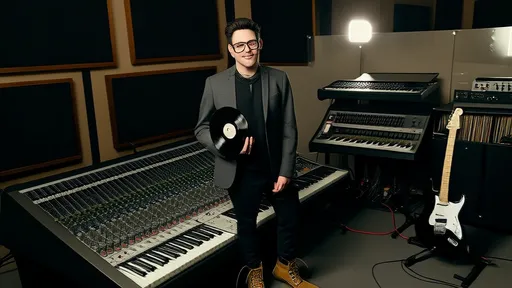
By /Aug 5, 2025

By /Aug 5, 2025

By /Aug 5, 2025

By /Aug 5, 2025